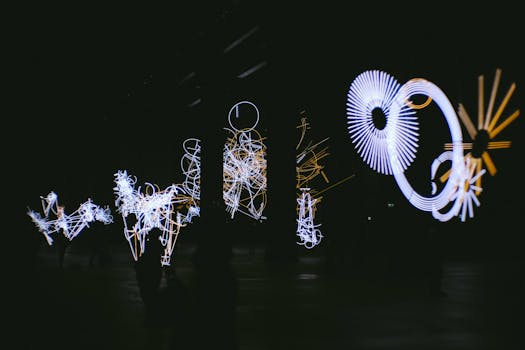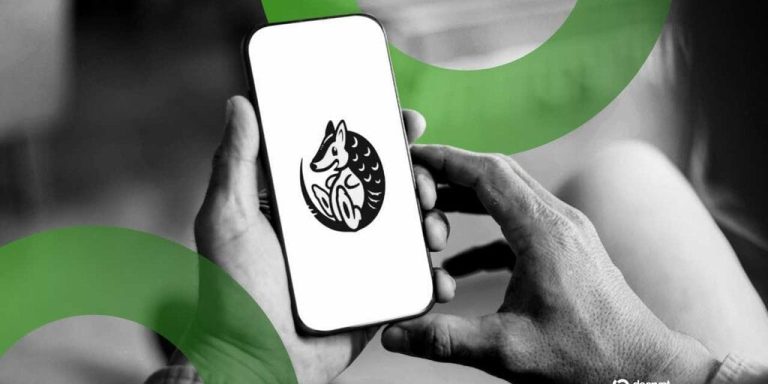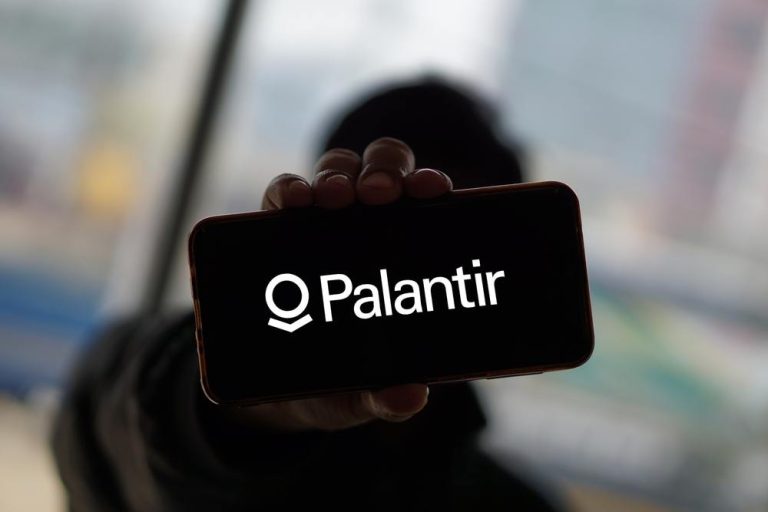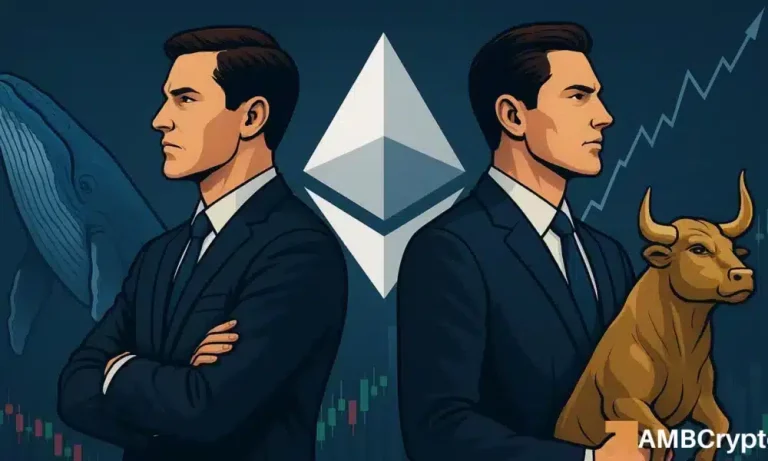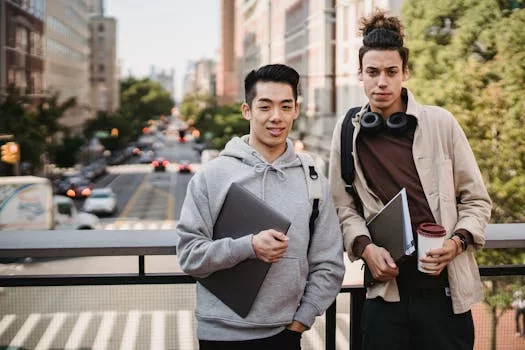
Digital Art Revolution: How Technology is Transforming Creativity
Takeaways: The digital art revolution is changing the way artists create and share their work. Technology has introduced new tools and platforms, enabling greater creativity, collaboration, and accessibility in the art world.
In recent years, the digital landscape has fundamentally transformed the way we perceive and create art. With the rise of advanced technologies, artists are no longer confined to traditional mediums. Instead, they are embracing digital tools that enhance their creative expression and broaden their artistic horizons. This article explores the key ways technology is revolutionizing digital art and how it is reshaping creativity.
The Emergence of Digital Tools
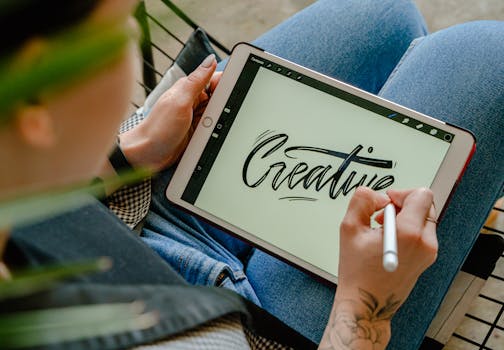
Moreover, the introduction of tablets and styluses has further enhanced the artist’s experience. Devices such as the iPad Pro and Wacom tablets provide an intuitive drawing experience, closely mimicking the feel of traditional painting or sketching. This blend of technology and artistry allows creators to explore new techniques and styles, leading to a flourishing of innovative art forms.
Collaboration and Community Building
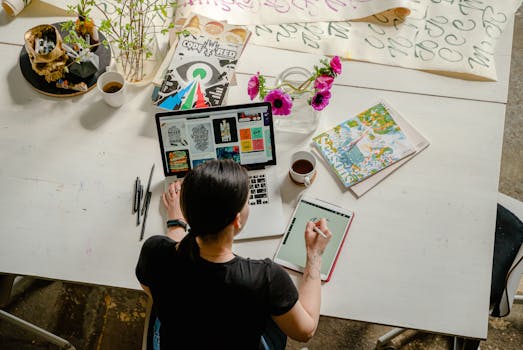
Moreover, social media platforms like Instagram and TikTok have become essential tools for artists to share their creative processes and finished pieces. These platforms not only provide exposure but also facilitate engagement with audiences, leading to valuable feedback and support. The democratization of art through these channels has allowed emerging artists to gain recognition and build their careers in ways that were previously unimaginable.
The Role of Artificial Intelligence in Art
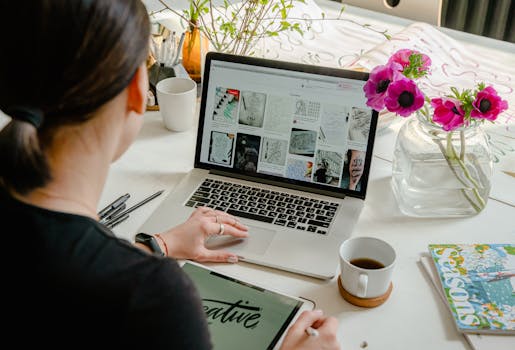
This integration of AI raises questions about authorship and originality in art. While some view AI-generated art as a fascinating collaboration between man and machine, others express concerns about the authenticity of a piece created without human intervention. Regardless, the impact of AI on the creative process is undeniable, offering artists new ways to experiment and innovate.
Accessibility and Inclusivity
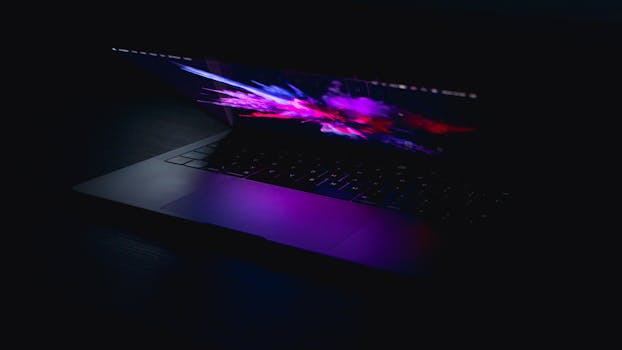
Additionally, online tutorials and resources have proliferated, providing artists with the knowledge and skills necessary to master digital art techniques. This influx of information has empowered a new generation of artists to explore their creativity and contribute to the diverse tapestry of digital art.
Conclusion
